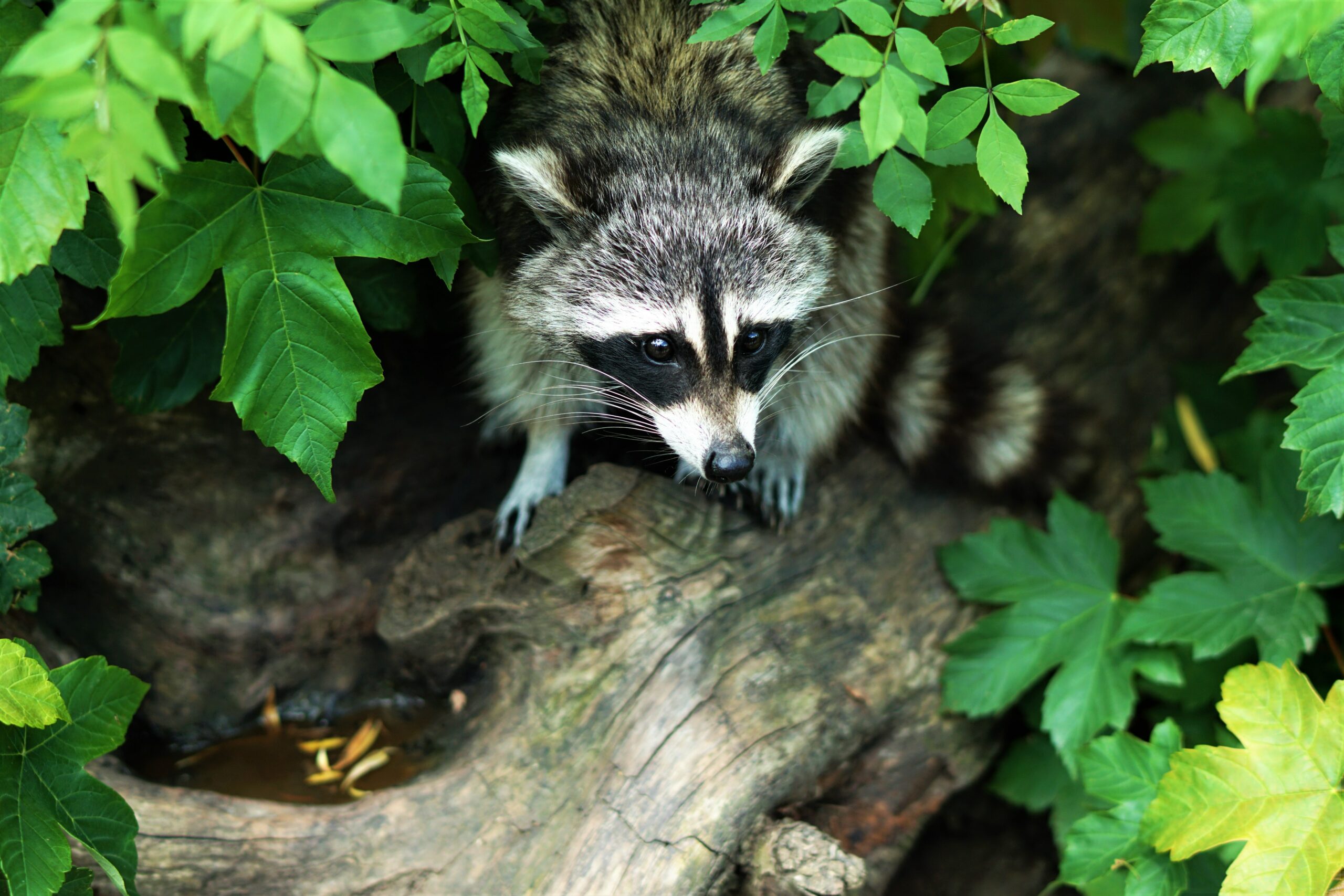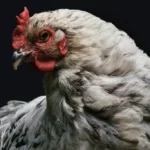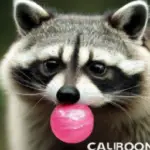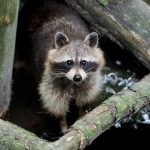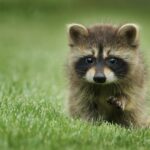“Did you ever stop to consider whether raccoons gather stuff, somewhat like humans do? This could be a fascinating topic to explore!
Yes, it’s true. Raccoons do indeed have a habit of collecting. They do not do it out of pleasure or desire though; their motivations are largely pragmatic. Think of it as their survival instinct kicking in. These nocturnal creatures are scavengers at heart, always on the prowl for food, cautiously navigating the night while most of us are asleep.
Now, you must be wondering, what exactly do raccoons amass? It could range from stuff around your yard to even items lost in the woods.
Handling and inspecting objects is a big part of a raccoon’s learning process. So, not only does this aid in their survival, but it also helps them understand their environment better.
They’re interesting creatures, aren’t they? Next time you notice a seemingly random assortment of objects in your backyard, remember it might just be a raccoon’s treasure trove!
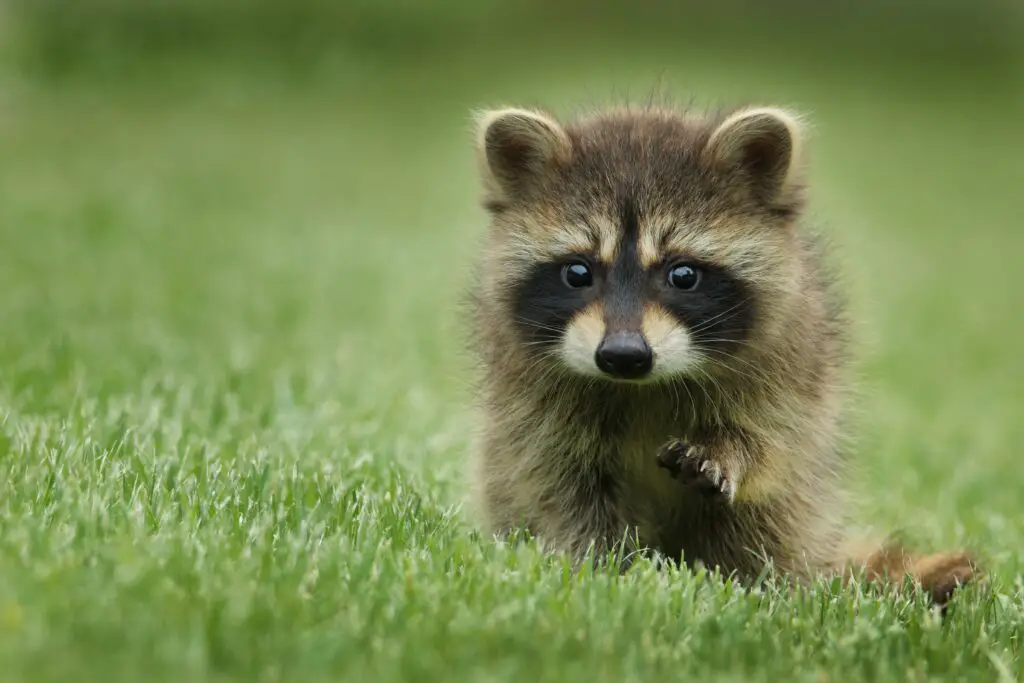
Understanding Raccoon Behavior
Here you are, just about to traverse the intricate yet fascinating inner workings of raccoon behavior. Not only will this journey provide thrilling new insights, but it will also invite you to see the world from their perspective and understand why they do what they do.
Primary Traits of a Raccoon
You see, at its core, a raccoon carries the spirit of adventure and curiosity. Agile, resourceful, and audacious, these critters are nature’s thriving explorers, unapologetic in their pursuit of food, shelter, or shiny objects. This drive, entwined with their unmatched adaptability, cements them as one of nature’s resilient survivors.
Routinary Activities of Raccoons
You’d be surprised at how routined a raccoon’s life can be. They thrive nocturnally, scavenging and exploring, seamlessly vanishing at the first hint of dawn. Their daily commitment includes seeking food, grooming themselves meticulously, and indulging their undying curiosity for shiny items.
Factors Affecting Raccoon Behavior
Many things can tweak a raccoon’s behavior. Climate changes, the availability of food, and encroachments into their habitats can drastically change their tendencies, forcing them to adapt or shift their routines.
Investigating the Collection Habit of Raccoons
Ah, the raccoon’s addictive affair with collecting objects, undeniably a trait that’s fascinated and puzzled humans for ages.
Why Raccoons Collect: A Theoretical Overview
Before you jump to assumptions, the raccoon’s habit of collecting isn’t frivolous. You see, these critters are inherent problem solvers, and their explorative nature and nimble fingers drive them to poke and prod at objects – quite like a child amidst a pile of Lego.
Common Items Collected by Raccoons
Now, you’d ask, “What items attract raccoons?” Absolutely anything. These creatures don’t discriminate. Shiny trinkets, miscellaneous objects from your backyard, pebbles, and even toys sometimes compose a raccoon’s coveted collection.
Impact of Collection Behavior on Raccoons
This collection habit, while intriguing to us, may serve evolutionary purposes for raccoons. Scholarly theories hover around object manipulation reflecting a raccoon’s intelligence level and contributing to their impressive adaptability in varying environments.
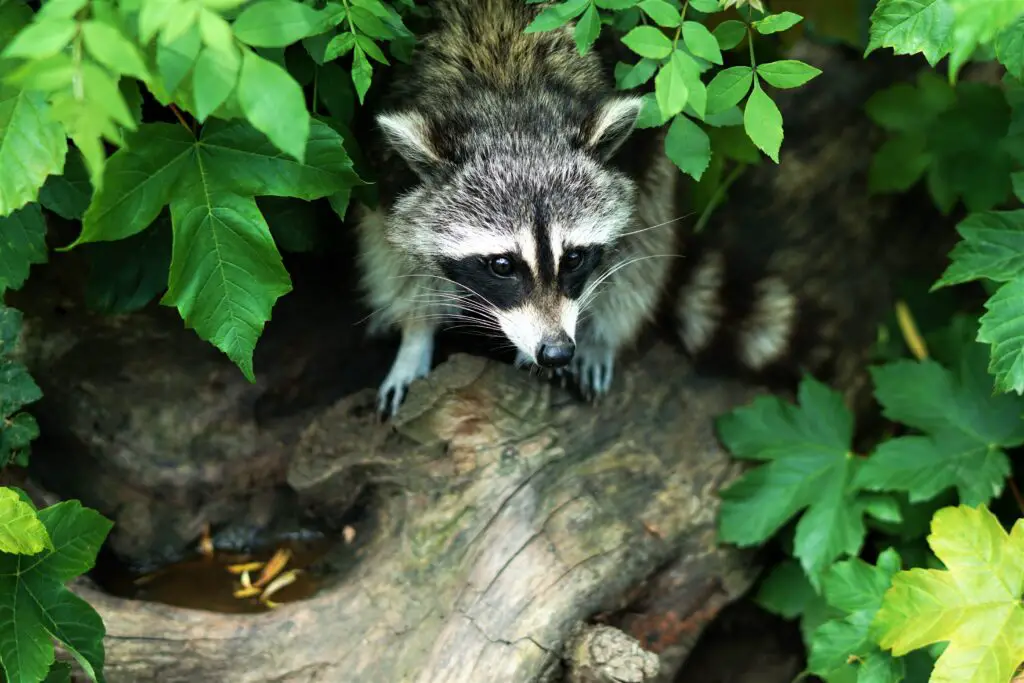
Raccoons and Human Settlements
For all our fascination, it’s clear that human settlements have become significant havens for these creatures, impacting their behaviors drastically.
Raccoon Infestations: A Common Scenario
This isn’t a scenario you’d hope for. However, due to urban sprawl and depletion of their habitats, raccoons have started loitering in human settlements, foraging in trash bins, and nesting in suburban attics.
Items in Your Home Attracting Raccoons
Your home, unfortunately, overflows with an array of intriguing collectibles for raccoons – shiny kitchen utensils, intriguing garden tools, and recreational toys are just a few luring the creatures into suburban territories.
Problems Posed by Raccoon Collection Habits
As innocent as it may sound, raccoon collection can pose significant problems. At the very minimum, frequent garbage rummaging or backyard raids can be an unbearable nuisance. At its worst, it can cause property damages or lead to potential health hazards due to unsanitary trash dispersal.
Raccoon’s Natural Habitats and Their Preferences
Diverse and adaptive, raccoons have quite a range when it comes to their habitats.
Habitat Locations
From coastal marshes and mountainous ranges to dense forests or suburban neighborhoods, raccoons can practically adjust anywhere, given there’s a reliable source of food and water available.
Preferences and Reasons
While raccoons can survive in many areas, they tend to prefer habitats near water bodies, intensifying their inclination for finding shiny objects which are often found around these spots.
The connection between Habitat and Collection Behavior
The locations raccoons inhabit potentially nurture their collection habit. For instance, if residing in suburban settings, raccoons would likely develop a penchant for gathering household items or scavenging garbage.
How Raccoons Use Their Senses
A raccoon’s senses are its compass and guide, playing a vital role in its collection behavior.
Raccoons and Vision
With their sharp vision optimized for night-time, raccoons are adept at spotting interesting objects during their nocturnal romps.
Raccoons and Smell
Raccoons have an exceptional sense of smell, which not only helps them find food but also differentiates between various objects, possibly adding to their eclectic collection.
How Raccoons’ Audio-tactile Sense Affects Their Collection Behavior
Armed with incredibly sensitive hands, raccoons can feel and recognize objects without relying on sight. They rely on their touch sense to explore and collect objects, possibly more for the intrigue experience than actual necessity.
Raccoon Diet’s Relation to Collection Behavior
The raccoon’s diet remains a critical factor in its scavenging and collection habits.
Common Food Sources
From fruits, nuts, and insects to small rodents or human garbage, the raccoon’s diet is extensive and broad, manifesting their adaptability.
Unique Scavenging Habits
Raccoons are some of nature’s diligent scavengers. Resourceful and persistent, they leave no stone unturned (literally!), thus inadvertently ending up with a collection of disparate objects.
How Diet Influences Collection Behavior
Raccoon’s tendency to scavenge for food across varied places puts them in contact with numerous objects. The more diverse their foraging grounds, the wider the range of items they encounter and potentially collect.
Physical Traits of Raccoons That Support Collecting
Interestingly, the raccoon’s physical traits play a significant role in nurturing their collecting habit.
Hand-Like Paws and Dexterity
Ah, the raccoon’s acclaimed hand-like paws. Incredibly tactile, these appendages drive the raccoon’s curiosity, allowing them to grab, hold and examine objects, encouraging collecting behaviors.
Body Size and Health
An average raccoon, healthy and robust, boasts a sturdy stature and a good weight. This physical advantage enables them to carry and transport their gathered objects efficiently.
How Physiological Characteristics Encourage Collection
These physical traits arm raccoons well for collection. With their dexterous paws, body strength, and agile mobility, it’s hardly surprising that collecting objects becomes, in some sense, second nature to them.
Impact of Seasons on Raccoon Behavior
Seasonal changes can bring significant shifts in a raccoon’s behavior, including its collection habit.
How Weather Conditions Influence Behavior
During colder months, raccoons tend to minimize their foraging excursions, which indirectly affects the number of items they encounter and collect. Come spring and summer, you’d find them more active, resulting in a likely spike in their collection habit.
Seasonal Changes in Collecting Habits
Winters may inhibit collection due to reduced foraging activity, while warmer months provide ample opportunities for them to explore and gather miscellaneous objects.
Preparation for Hibernation
Before declaring their semi-hibernation in winter, raccoons tend to intensify their activities, including collection, in a bid to prepare for the impending scarcity.
Human Intervention with Raccoons
Now, human-raccoon interaction is a delicate topic that needs careful treading.
Protecting Personal Property
To safeguard your property from raccoon intrusions, it’s recommended to secure any items that might attract them. Fix your garbage disposal system, limit your outdoor food supply, and ensure no accessible entry points to your home.
Relocation of Raccoons
Sometimes, capturing and relocating problem raccoons might be inevitable. It’s best conducted by professionals who ensure that the animals are safely relocated to suitable habitats.
Changes in Raccoon Behavior Due to Human Interference
Human presence can significantly influence raccoon behavior, sometimes forcing them into behaviors like increased collection or scavenging, which they might not exhibit in wild, undisturbed environments.
Will Keeping My Porch Light On Deter Raccoons From Collecting Things?
Keeping your porch light on can be an effective porch light raccoon deterrent. Raccoons are nocturnal creatures and are naturally wary of bright lights. By illuminating your porch area, you make it less appealing for raccoons to gather items there. The constant light may disrupt their activities and discourage them from collecting things on your porch.
Conclusion
Understanding a raccoon’s collection behavior offers us invaluable insights into these creatures and their survival mechanisms. Not only is it a testament to their adaptability, but it also illuminates their remarkable intelligence and curiosity.
Summarizing Raccoon Collection Behavior
The verdict? Raccoons indeed collect things. And intriguingly so! Whether it’s a compensatory trait evolving from human encroachments, or just a reflex stemming from their inquisitive nature, is a question worth exploring further.
Significance of Understanding This Behavior
When you unpack their behavior, it’s clear that their collection habit isn’t arbitrary. Instead, it exemplifies their survival strategy, intelligence, and adaptability.
Future Directions for Raccoon-Related Studies
For researchers, this opens a promising field where the exploration of how urbanization affects animal behaviors, like the collecting habits of raccoons, can be investigated in depth. For you and me? It’s an invitation to understand these creatures better, ensuring a harmonious co-existence in our shared habitats.

